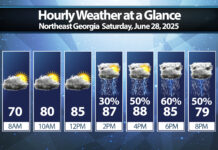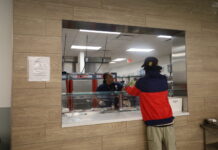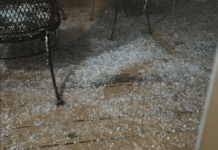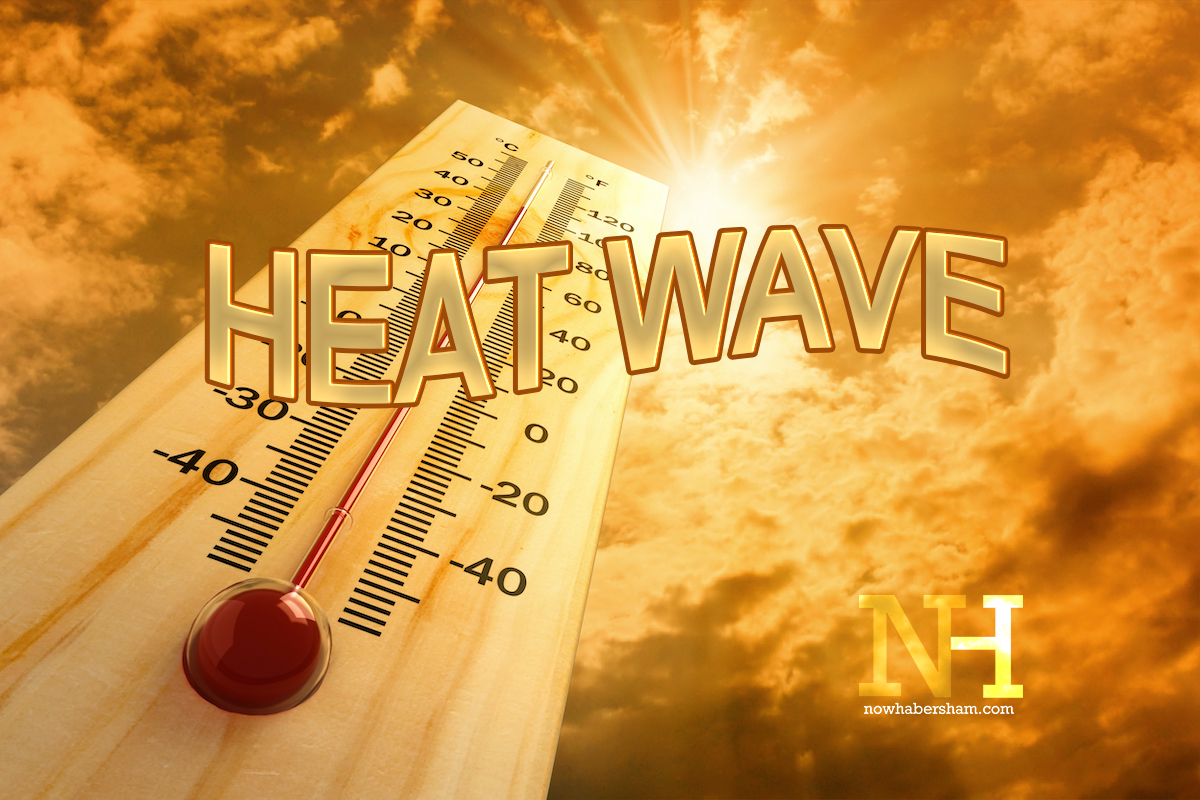
Look southwest in the evening sky Monday and you’re likely to see one of the most highly anticipated celestial events of the year. Jupiter and Saturn will appear next to each other in what astronomers refer to as the ‘Great Conjunction’ and others commonly refer to as ‘The Christmas Star.’
This year’s conjunction appears on December 21 which, coincidentally, marks the start of the winter solstice in the Northern Hemisphere. The night will also mark the closest conjunction of our Solar System’s two largest planets in 400 years and the closest conjunction visible from Earth since the Middle Ages in 1226.
From Galileo to Christ
The year was 1610 when Galileo first pointed his telescope at Jupiter and discovered its four major moons. Later that year, he would go on to discover Saturn’s rings. Since then, astronomers have been fascinated by these two gas giant planets orbiting hundreds of millions of miles away from the Earth. Both planets shine brightly in the night sky throughout the year, and once every 20 years or so, they pass by one another.
Each pass is different, sometimes they come extremely close and other times remain very far apart. When the planets reach their closest, it’s called a “conjunction.”
Conjunctions can occur between any two celestial bodies. The most common are conjunctions with planets and the moon, and just occasionally planets with other planets.

The first Jupiter/Saturn conjunction able to be observed with a telescope occurred in 1683, but they have been observed with the naked eye for thousands of years. Unfortunately, many conjunctions of the planets occur too close to the sun to be seen, as was the case the last time Jupiter and Saturn were as close as they will be this coming week. That was all the way back in 1623.
Arguably the most famous conjunction, or series of conjunctions, occurred in 7BC when Jupiter and Saturn appeared next to each other three times between May and December of that year. Some scholars believe this may have been the Christmas Star spoken of in the Book of Matthew that alerted the Wise Men to the birth of Christ.
How to view the Christmas Star
For astute observers of the evening sky, you have probably seen the planets drawing closer and closer in the evening sky. By Monday, the two planets will appear a mere tenth of a degree apart. To the naked eye, this means they will appear as one star in the night sky. It won’t appear any brighter than either planet appears right now, but it will be quite the spectacle to see the two points sitting on top of each other.

The time to look is just after sunset as the twilight begins to fade. The planets will be situated in the southwestern sky. They will be fairly low, but any place with a good view of the SW will make for easy viewing of this phenomenon.
For those with a telescope or good pair of binoculars, the conjunction will be even more spectacular. The planets are impressive on their own when viewed through a telescope, but they will be even more impressive when they appear in the same viewing field.
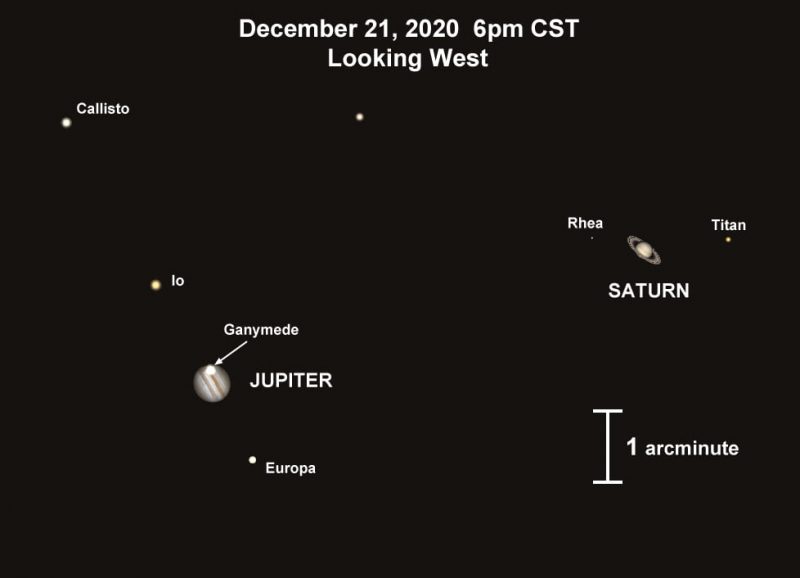
The chance to view both of these planets at once is truly a once in a lifetime experience. This won’t happen again until 2080.
The good news is that, unlike with the Geminid meteor shower over the weekend, the weather actually looks good right now. If sky conditions permit, Now Habersham is planning to live stream this event through a telescope. Our Facebook Live event should begin around 5:45 PM and last until the planets become unobservable from our viewing location.
Stay tuned to Now Habersham’s Facebook page for more updates on this stream and watch the skies.


